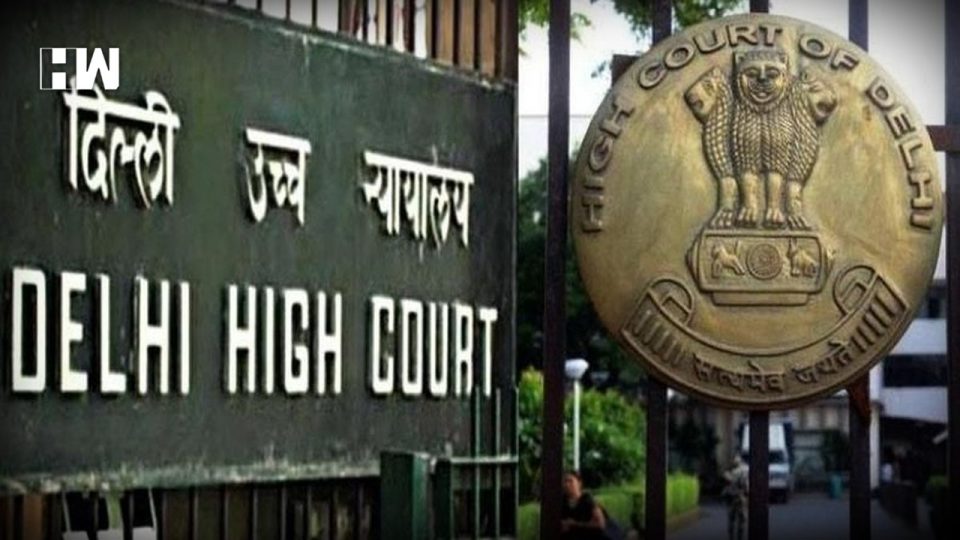New Delhi | The Delhi High Court on Wednesday said it was “alarming” that not even 10 per cent of the over 10,000 beds in all the AAP government-run hospitals in the national capital were in the intensive care unit sections, adding that there was a need to remedy the shortcoming.
“It is really alarming that of the over 10,000 beds in all the Delhi government hospitals together, there are only 348 ICU beds,” a bench of Chief Justice Rajendra Menon and Justice V K Rao observed, after it was shown a list of the number of ICU and ventilator beds in public and private hospitals.
According to the list placed before the bench by advocate Ashok Aggarwal, the 33 Delhi government-run hospitals in the city has 10,059 beds, of which 348 — 3.4 per cent — are in the ICUs.
In a sharp contrast, private hospitals like Max Patparganj, VIMHANS, Fortis, Sir Ganga Ram have over 10 per cent of their total beds in ICUs, according to the list.
The Delhi government’s additional standing counsel, Satyakam, told the court that he needed to verify the numbers.
The court also asked the Aam Aadmi Party (AAP) government in the national capital about the steps it was taking to increase the number of beds with ventilator support.
The query was posted after the Delhi government lawyer said, “We have a long waiting (period) for ventilators.”
During the hearing, the court also suggested to the Delhi government to ask the private hospitals to provide real-time data on the availability of vacant beds and ventilators under the economically weaker section category.
To this, Satyakam said a centralised system would have to be set up to collect data from the public hospitals run by the Delhi government and the municipal corporations as well as the private hospitals and then it needed to be displayed on a common web portal.
The bench, thereafter, said it would pass orders directing setting up of a centralised system to display information regarding availability of beds, ventilators and other medical facilities in all the hospitals run by the Centre, the corporations and the Delhi government in the national capital.
The court was hearing a public interest litigation (PIL) initiated by it in 2017, after it came to know that a newborn had died as the family got no ventilator-fitted bed in four government hospitals in the national capital.
The Delhi government had, on February 11, filed an affidavit, stating that of the 400 ventilator beds in the hospitals under its control, 52 were not functional and that efforts were being made to repair them.
The AAP government had also said the hospitals were asked to repair the ventilators or procure new ones at the earliest.
The court had observed that if information regarding availability of ventilators was readily accessible online, the life of the newborn might have been saved.
The newborn girl had died at the Jag Pravesh Chandra Hospital in northeast Delhi because it had no ventilator support, while the three other government hospitals, where the desperate family had gone, had refused admission, saying no critical care beds were available.
According to a news report, the baby, after a normal birth on September 20, 2017, was diagnosed with birth asphyxia that caused less oxygen to go to the brain and necessitated immediate ventilator support.
“In the absence of a ventilator, the hospital asked the family to ventilate the baby with an ambu-bag. The newborn died around 4 am on September 21, 2017,” the news report had said.
An ambu-bag is a manual, hand-held resuscitation device, which hospital attendants are asked to keep pressing 16-18 times per minute to move air in and out of the lungs of a patient who cannot breathe on his own. Medical experts had termed this practice as “primitive” and “condemnable”, the report had said.
As an independent media platform, we do not take advertisements from governments and corporate houses. It is you, our readers, who have supported us on our journey to do honest and unbiased journalism. Please contribute, so that we can continue to do the same in future.

